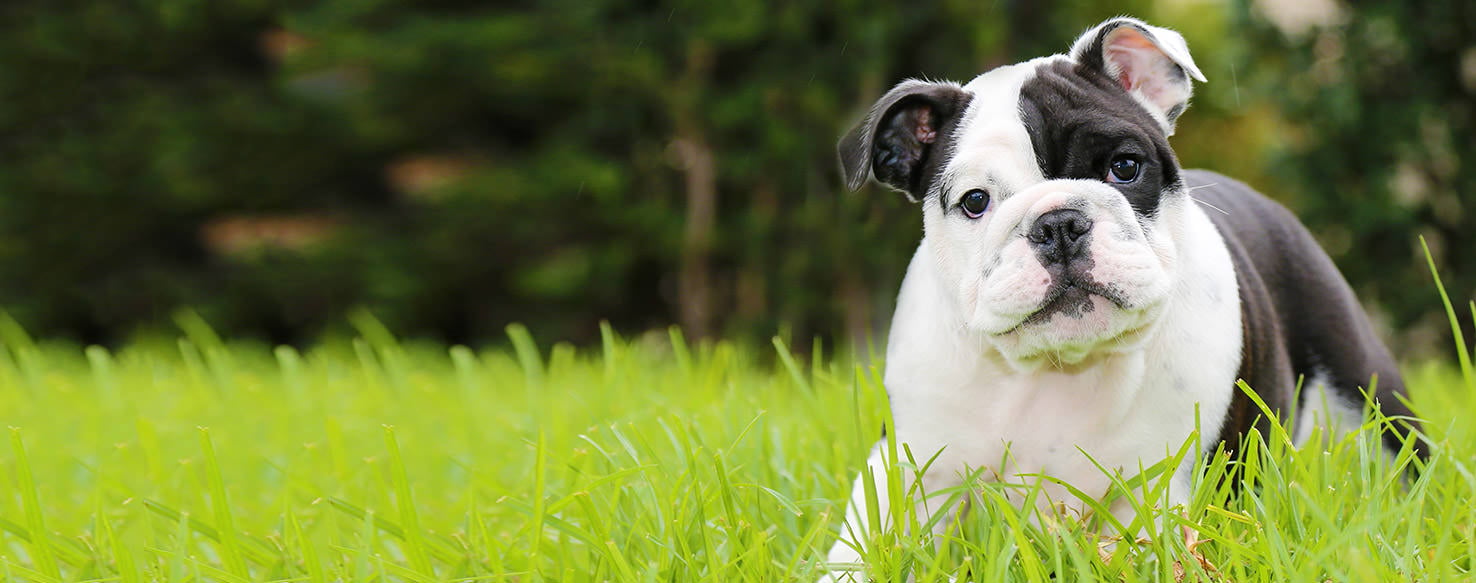If your pup is anything like most people, they probably despise the doggy dentist. But routine dental cleanings are crucial for both hounds and humans.
Some pet parents might consider annual dental cleanings an unnecessary expense. However, prevention is paramount when it comes to your dog’s dental health. Even if you clean your dog’s teeth regularly at home, bacteria trapped under the gums can cause serious health problems.
Don’t make the faux “paw” of neglecting your dog’s dental health! Read on to find answers to some of the most common questions about your dog’s dental care needs.
How often should you get your dog’s teeth cleaned?
Adult dogs should see the doggy dentist at least once per year. Small
and brachycephalic breeds may require more frequent cleanings once
every six months due to shallow roots and the dental problems that come
with them, including overcrowding and dental deformities.
Consult your trusted veterinarian to determine how often your dog should have their teeth cleaned.
When to start getting your dog’s teeth cleaned by the vet
There isn’t a one-size-fits-all answer to this question. Your dog
should be fully grown and healthy enough to undergo anesthesia. Two
years is the ideal age for the first cleaning, particularly for small breeds. Consult your vet to determine when your dog should receive their first cleaning.
According to the
American Veterinary Dental College, most dogs and cats show signs of
dental disease by the age of three. If left unchecked, common dental
problems such as persistent bad breath can lead to severe dental
disease.
What to expect from a doggy dental cleaning
Anesthesia is required to deep clean your dog’s teeth and prevent disease.
First,
your vet will run blood tests to ensure your dog is healthy enough to
undergo anesthesia. Dental X-rays may be needed to confirm a preliminary
diagnosis or evaluate your dog’s overall dental health.
During
the procedure, your vet will monitor your dog’s vital signs and use
special tools to polish the teeth and remove plaque and tartar from
underneath the gums.
After the procedure, your dog will remain in
recovery until the anesthesia wears off. On the return home, your dog
will likely be lethargic and thirsty due to the mild side effects of the
anesthesia.
How to tell if your dog has dental disease
Common dental diseases in dogs include halitosis, gingivitis, periodontitis, and periodontal disease.
Halitosis, or chronic bad breath, is usually the first sign of dental disease.
Inflamed
and swollen gums indicate gingivitis. If left unchecked, gingivitis may
develop into periodontal disease, which can cause bone and tissue loss.
Most
of these diseases are preventable with adequate dental care. Consult
your vet if you notice your dog exhibiting the following symptoms:
- Swollen or bleeding gums
- Difficulting chewing or eating
- Excessive drooling
- Chewing on one side of the mouth
- Bumps inside the mouth
- Loose or yellow teeth
- Weight loss
- Nasal discharge*
- Jaw fractures*
*Asterisks indicate severe symptoms.
How to keep your dog’s teeth healthy between cleanings
Most dogs will have all their adult teeth by the age of six months.
Ideally, you should start at-home dental care around this time. The
earlier you start, the easier this process will be for both you and
Fido!
Here are a few ways you can keep your buddy’s teeth pearly and white:
Brush
your dog’s teeth regularly. Many dog owners, particularly those with
stubborn or independent fur-babies, will balk at this suggestion. The
key is to start brushing your dog’s teeth as soon as “pawssible” using a
finger brush and a tasty doggy toothpaste. Some canine toothpaste
varieties come in yummy flavors like chicken and beef. If brushing your dog’s teeth regularly isn’t an option, try these alternatives:
Use
a dental water additive. Visit any big-box pet store and you’ll find a
range of dental care products that can be added to your dog’s drinking
water, many of which are tasteless and odorless.
Treat your buddy
with dental chews and toys. The act of chewing removes plaque from your
pup’s teeth. When purchasing a dental chew, scan the ingredients list
for artificial colors and other potentially harmful ingredients. We
recommend steering clear of rawhide bones, which are difficult for dogs
to digest and present a choking hazard.
Examine your dog’s diet.
Commercial dog foods that are rich in starch can be bad for your buddy’s
teeth — and their tummy. Also, if you’re going to treat your dog to
table food, stick with crunchy, nutrient-rich foods like raw carrots,
green beans, and celery. (In fact, celery acts as a doggy breath
freshener!) Be sure any table treats are unseasoned.
And there you
have it — everything you need to know about how often you should get
your dog’s teeth cleaned by the vet. Consult your veterinarian with any
questions or concerns about your dog’s specific dental care needs.


